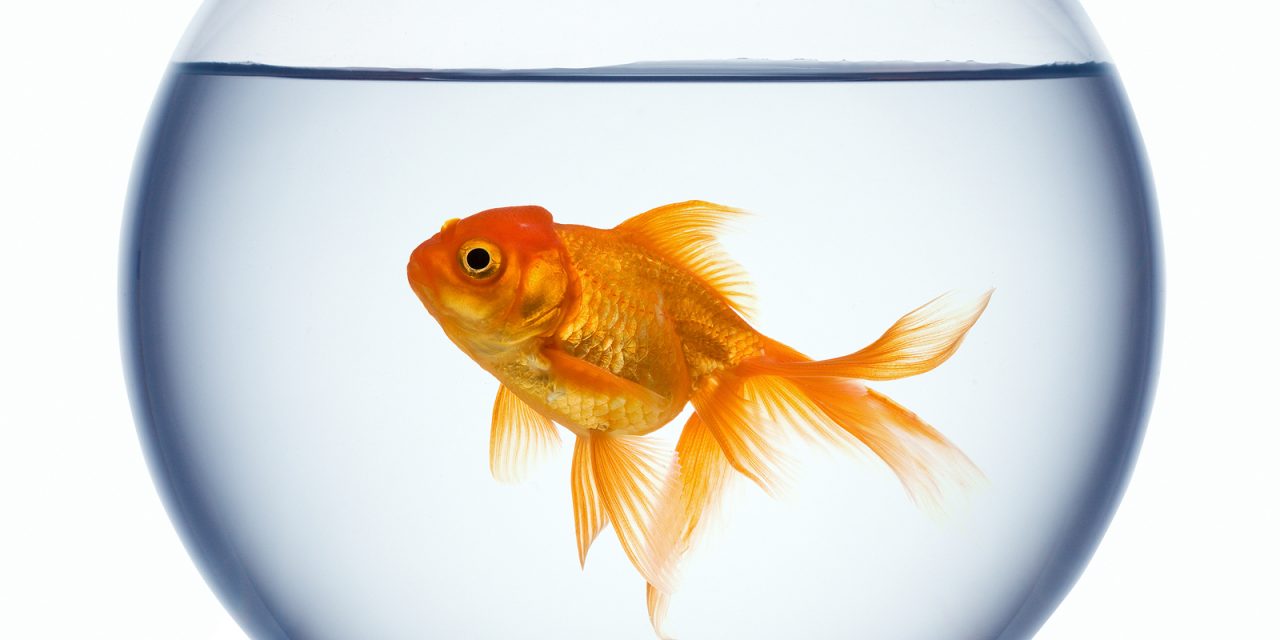Growing vegetables in containers is an excellent way to utilize space on your patio while enhancing your outdoor living area. Food is increasing in cost and by using containers. Almost everyone can find a way to grow fresh produce for themselves.
Over the years, plant breeders have developed excellent vegetable varieties for containers, making it possible to produce quite a lot of food in very small spaces. The key to being successful in this method is to choose the right varieties!
I have tried to explain why it is wise to make good choices and use these specific varieties, but it can be difficult to understand, especially if you are new to gardening. The simplest way that I can think to explain it is to compare these plants to a goldfish. If you buy a goldfish and put it in a one gallon fishbowl, it is only going to grow be two or three inches long. It’s not that the fish genetically incapable of getting bigger; its environment is limiting its full potential. However, if you put that same goldfish in a large Koi-type pond it will get quite large. It will reach its full potential and will thrive.
The idea is to select a vegetable variety that is genetically capable of, let’s say growing 24-to-36 inches in maximum height, and doing everything possible to assist it to reach its full potential rather than selecting a variety that is capable of growing to 6-to-8 feet tall and stifling it. A plant that is functioning at full capacity is healthy and highly productive. A plant that is limited can still be healthy, but it will not produce at full capacity.
Container gardening is so fun because it’s challenging to find plants that are bred to be very small but still put on full-size vegetables. Just because the plant is small doesn’t mean that you want tiny produce. And I am not talking about volume. I’m always looking for small plants that have the ability to provide normal-sized vegetables.
If you are considering growing tomatoes in containers, or if you are getting a late start, you might consider choosing determinate or “bush” types. Unlike indeterminate varieties, these will stay more compact and manageable. The only drawback is that they tend to put all of their fruit on in one “flush” rather than producing throughout the entire season.
If this is not appealing to you, then you can successfully grow popular indeterminate varieties such as Early Girl and Celebrity in larger containers, but they will need to be given extra support and a tomato cage. In order to help indeterminates reach their potential, your container size will simply need to increase.
The best containers are made from heavier materials such ceramic or concrete or can even be galvanized stock tanks. They are better insulated and, depending on how large they are, can oftentimes allow some perennials to survive our Oklahoma winters. Sturdy, fabric pots are popular because they are less expensive and allow for good drainage. Due to their breathable nature, they promote good oxygen flow with the plant’s roots. The least expensive containers are made of plastic. However, they tend to crack and blow away.
In container gardening the reality is this: if it holds soil and can accommodate the plant then it is capable of being used. It’s like anything else; you can get as elaborate and spend as much money as you want buying containers, or you can use old milk cartons and beat up buckets and still grow yourself some food!
Some of my favorite container gardening varieties include:
- Micro Tom Tomatoes—rareseeds.com/store/vegetables/new-items-2019/micro-tom-tomato
- Blue Jade Corn—seedsavers.org/blue-jade-organic-corn
- Spacesaver Cucumbers—burpee.com/cucumber-spacemaster-prod000698.html
- Baby Bubba Okra—burpee.com/okra-baby-bubba-hybrid-prod000766.html
- Paris Market Carrots—seedsavers.org/paris-market-carrot
- Hedou Tiny Bok Choy—rareseeds.com/store/vegetables/new-items-2020/hedou-tiny-bok-choy
Friends, I understand the struggle. Many want to grow food for themselves but just have limited space and knowledge or are on a very tight budget. Let me remind you that God honors our efforts when we attempt to educate ourselves and plan wisely. I believe that He even grants extra grace when it comes to gardening because, after all, it was God Himself who first planted a garden. With a little try and careful planning you, too, can successfully grow food for yourself in very small spaces.
“May He grant you your heart’s desire and fulfill your whole plan” (Psalm 20:4).




